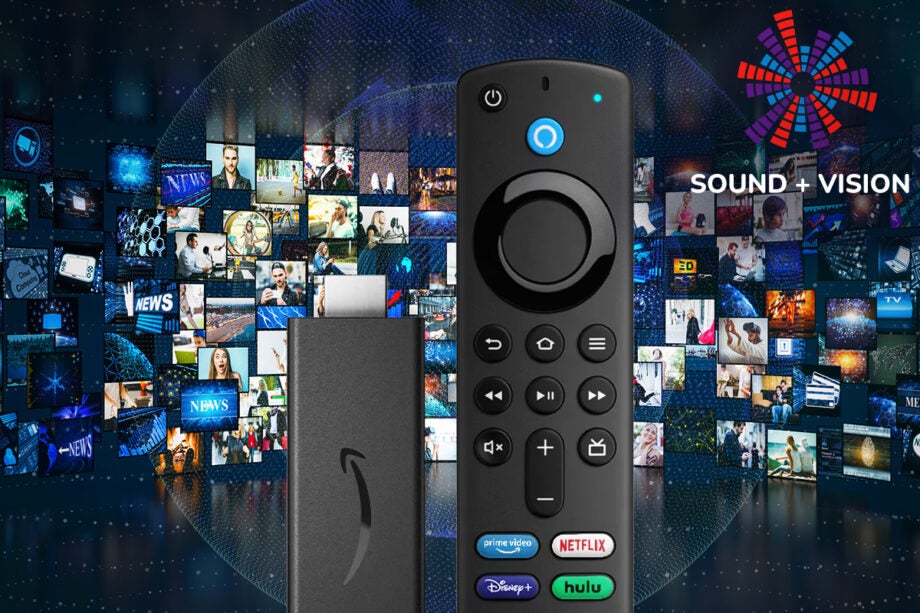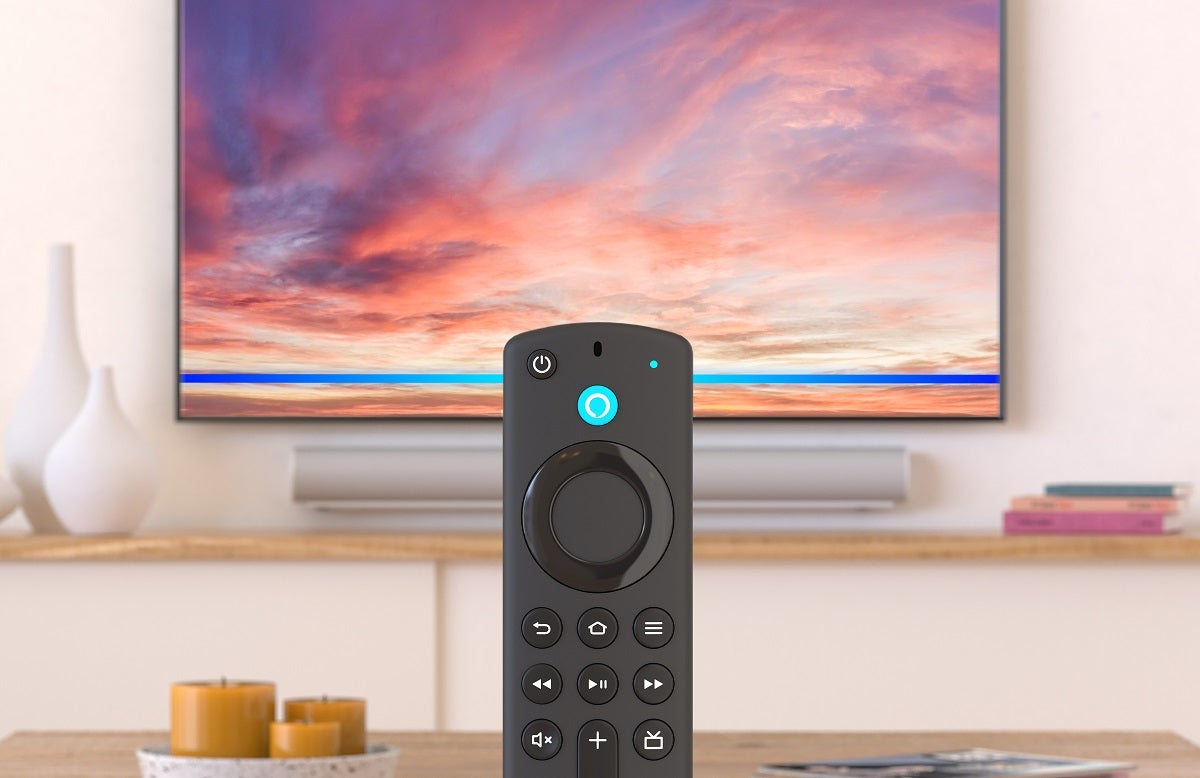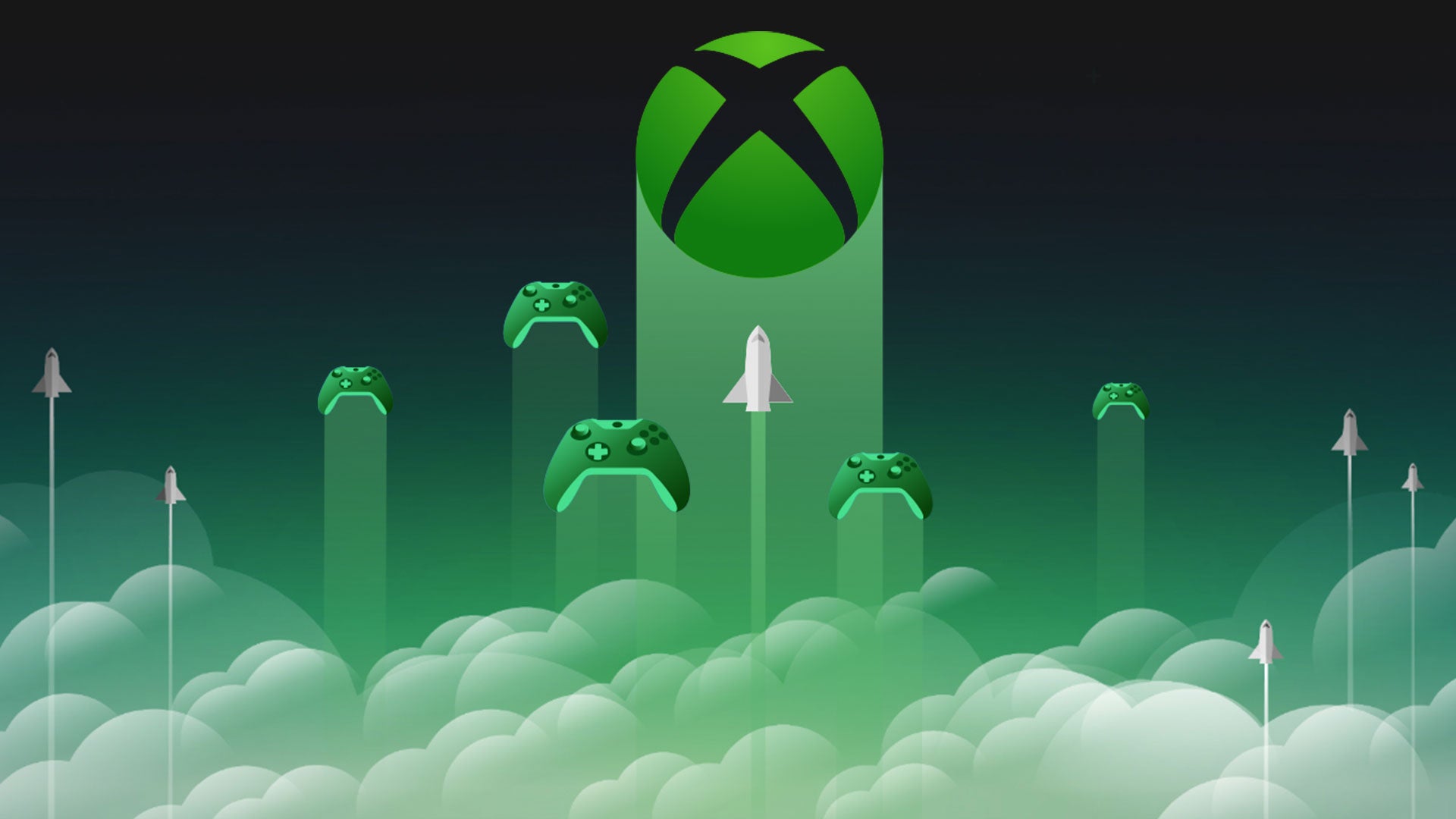Sound and Vision: After the Fire TV Stick 4K Max, what next for streaming players?

When Amazon announced the Fire TV 4K Max, it lauded it as its best streaming stick yet. It sits among the online giant’s refreshed range of streaming players, which consists of the Fire TV Stick Lite, Fire TV Stick with Alexa Remote and Fire TV Cube (though that last one is probably due an update).
In the press release, what stuck out to me was that statement of the Max being Amazon’s “best streaming stick yet”. But what does that entail?
It has a faster processor (quad-core 1.8GHz processor), more RAM (2GB), as well as Wi-Fi 6, all of which should add up to faster navigation and speedier streaming. But are these features that would entice someone to purchase the stick? They’re more quality of life improvements we’d expect from any iteration of a device.
So, from that perspective, what’s new? It looks the same, will likely operate the same and offer what the previous 4K Stick did from a content perspective, so how much of an upgrade is it?
What’s new is the Live View Picture-in-Picture feature, but there’s a wrinkle. It’s mentioned as working with Ring products, a brand Amazon owns, and so what’s new is simply more integration with Amazon’s existing roster of products. What, if anything, does this say about the streaming market in general?
It speaks more to consolidation, a feature that only concerns Amazon customers with Ring products and not the general masses. If you’re not already in the mix, all it offers is what’s become the essence of modern smart home devices: convenience. While that’s all well and good, I’m buying the Fire TV Stick 4K Max for its video streaming performance first, not for its additional extras.
It’s similar tale with Apple and Google. The latest 4K TV box is, at best, a minor upgrade. There’s a new processor (expected), HDMI 2.1 support and, perhaps most significantly, a new remote. That upgrade is mitigated by the remote’s availability separately, compatible with older Apple TV models.
Features like the new calibration tool have also been integrated into the older model. With Google there’s the new UI, which by all accounts works better than the Android TV interface, but smart platforms are always evolving from an interface perspective, so that’s not unexpected.
A plateau has been reached, and the purity of purpose – a video streaming player – has been diluted for a device that does a lot of things you probably don’t use often. Players appear locked into each streaming manufacturer’s own ecosystem and the focus has been on faster silicon for a zipper, multi-tasked experience.
In terms of value, what am I getting back if I don’t use most of the features? And why bother purchasing another streaming player when your current one effectively does all that’s needed?
Even Roku, pioneers in the streaming space, aren’t necessarily firing out new ideas but they are widening the breadth of the experience they offer; their platform agnostic approach mean they’re not locked into touting their own products and services (although they’re not above that either), but offer an experience that can integrate with whatever else is in your home. It’s unlikely Amazon, Apple, Google or anyone else would venture down that route, all offering their own solutions.
So where does the streaming market go next? Will there be a rush to gaming? Aside from the Apple TV 4K, no other video player likely has the processing or storage capabilities to stream and download games, and it’d require a dedicated gaming controller. Apple had the chance to affirm its gaming ambitions with its latest model and didn’t show as much enthusiasm as many expected.
The streaming revolution was televised but now seems to be running out of steam. Innovation is occurring less and we’re getting used to the refrain of more of the same. Where the video streaming market goes next, I do not know, but it does feel it could use a jump start.





